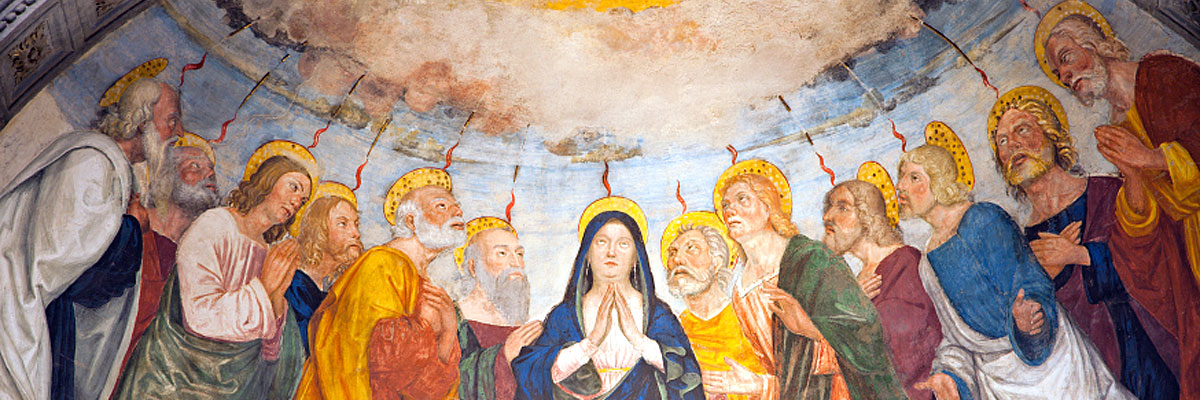
Understanding Our Church
A Treasury of Arkansas Writers Discussing the Catholic Faith
Official Website of the
Catholic Diocese of Little Rock
Applying historical-critical reading of Scripture can prove edifying
Published: July 22, 2023
By Edward C. Dodge
Catholic High School for Boys
My graduate school Bible professor often repeated this line: stories have to make sense to the first hearers, too. It’s easy, from the vantage of the third Christian millennium, to soften some of the Bible's more challenging stories such as the binding of Isaac: Isaac is like Jesus, carrying the wood of the sacrifice.
That’s a helpful interpretation; in fact, it’s one that eventually comes full circle when we learn that the Temple in which the Jewish priests of old would offer daily sacrifices to God and by which Jesus, the Lamb of God extraordinaire, would sacrifice himself. But what about Isaac himself? Or Abraham?
How we interpret Scripture can really impact how we understand it. A number of different ways to study Scripture exist. The venerable approach of the four-fold interpretation is:
Without a historical-critical reading of the binding of Isaac, we might think of God as cruel, as he’s forced Abraham to believe that he must sacrifice his son to worship him correctly. But that perspective changes when we learn of a very popular Canaanite deity called Moloch, whose followers did sacrifice their children.
- The literal
- The allegorical
- The moral
- The anagogical (i.e., the final state of the soul)
The Vatican’s 1993 document “The Interpretation of the Bible in the Church” offers a discussion of these traditional approaches as well as introducing other ways to read Scripture fruitfully.
The approach I’ve found the most beneficial is the historical-critical method, which seeks to understand elements of Scripture as the writers and original audience would have. In his book “Jesus of Nazareth,” Pope Benedict XVI called it “an indispensable dimension of exegetical work. … For it is of the very essence of biblical faith to be about real historical events.”
Applying a historical-critical reading of Scripture, then, can prove edifying, especially when we recall, firstly, Christ’s communion with the Father, secondly, that this method “does not exhaust the interpretive task” for looking at the Bible as a whole, and thirdly, that the Bible is God’s living word which continues to address us directly today.
Without a historical-critical reading of the binding of Isaac, we might think of God as cruel, as he’s forced Abraham to believe that he must sacrifice his son to worship him correctly. But that perspective changes when we learn of a very popular Canaanite deity called Moloch, whose followers did sacrifice their children. Remember that Abraham doesn’t have three millennia of history with his God. He may think that God, after seeing the supposed power of Moloch, would want to be like him.
Anyone who has listened to Father Mike Schmitz’s "Bible in a Year" podcast has reaped the benefit of this approach to Scripture (and if you haven’t tuned it, do so!). With each episode, Father Mike briefly discusses the readings from multiple interpretive positions.
He also introduces Jeff Cavins, author of the "Great Adventure Bible" timelines and co-author of “Walking with God: A Journey through the Bible.” Cavins separates biblical stories into 12 periods, providing us with the proper perspective to understand what the stories record. I strongly recommend his book, which applies Benedict’s approach to the historical-critical method.
I found particularly powerful Cavins’ reading on Noah, the (violent) Israelite approach to Canaan, God’s covenant love and his constant return to the blessedness of a new creation.



